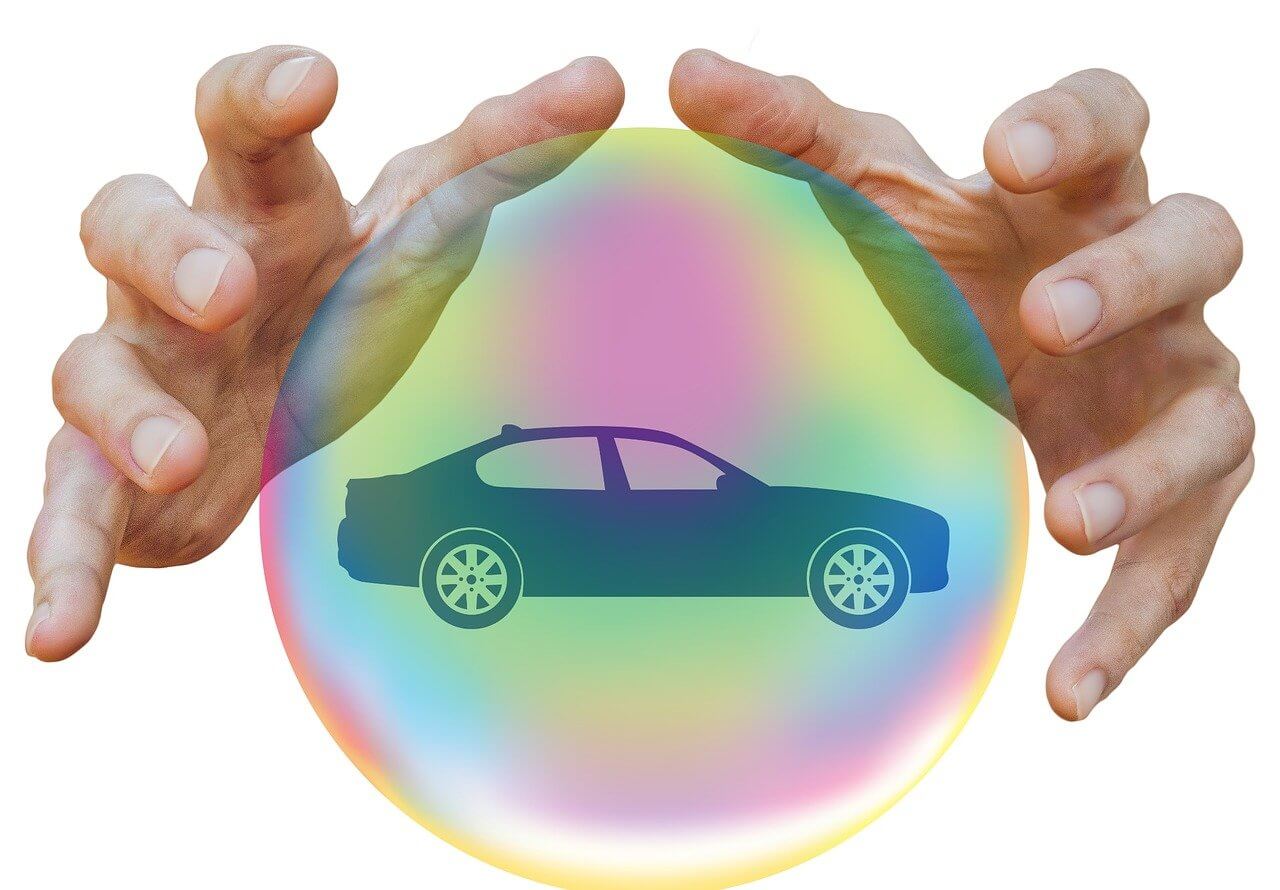
The Truth About “Full Coverage” — What You're Actually Getting

by Erin Anderson
"Full coverage" sounds like the gold standard of car insurance — like it covers anything and everything that could possibly go wrong. But here's the catch: "full coverage" isn't an official insurance term. It's more of a marketing phrase, and it can mean different things depending on your policy, your provider, and your state.
So what are you really getting when you buy "full coverage"? Let's break it down so you know exactly what you're paying for — and where there might be gaps.
What "Full Coverage" Usually Means
Most people assume "full coverage" includes everything. In reality, it typically refers to a combination of three main types of coverage:
- Liability insurance (required by law): This covers damage or injuries you cause to others in an accident.
- Collision coverage: This pays for damage to your own vehicle after a crash, regardless of who's at fault.
- Comprehensive coverage: This covers non-collision events — things like theft, vandalism, falling trees, floods, and even hitting a deer.
Together, these three give you a decent safety net. But it's not the same as "covering everything." Far from it.
What "Full Coverage" Doesn't Include
Here's where people often get surprised. Even with "full coverage," there are common situations that may not be covered unless you've added optional protections:
- Rental car reimbursement: If your car's in the shop after an accident, you'll need this add-on to get a rental covered.
- Roadside assistance: Towing, flat tire changes, or dead batteries usually aren't included unless you've opted in.
- Gap insurance: If your car is totaled and you owe more on your loan than it's worth, you could be stuck with the difference.
- Custom parts or upgrades: Got fancy rims or a sound system? Those might not be covered unless you list them specifically.
- Medical payments or personal injury protection (PIP): Depending on your state, medical bills for you and your passengers might not be fully covered unless you have these.
Bottom line: "full coverage" often leaves out key protections — especially ones that can really matter in a tough situation.
It Also Doesn't Mean You'll Pay Nothing
Even with full coverage, deductibles still apply. That's the amount you pay out-of-pocket before your insurance kicks in. And the lower your deductible, the higher your monthly premium. So while you might feel fully covered, you could still end up with a sizable bill after an accident — especially if your deductible is $500 or $1,000.
Coverage Needs Can Change — Quickly
What made sense when you bought your car might not make sense now. If your car's older, you might be overpaying for collision and comprehensive. Or if you just financed a new car, you might need extra protection like gap insurance or higher liability limits.
Life changes fast — and your insurance should keep up. But that only happens if you review it now and then.
The Bottom Line
"Full coverage" sounds great — but it doesn't mean what most people think it means. It usually covers the basics (liability, collision, and comprehensive), but it doesn't include extras like rental reimbursement, roadside help, or gap insurance unless you add them. And even with "full coverage," you'll still have out-of-pocket costs if you file a claim.
That's why it's smart to take a fresh look at your policy and see what you're actually getting. Need a clearer picture — or a better deal? Compare quotes in minutes and see how much you could save by switching or adjusting your coverage.